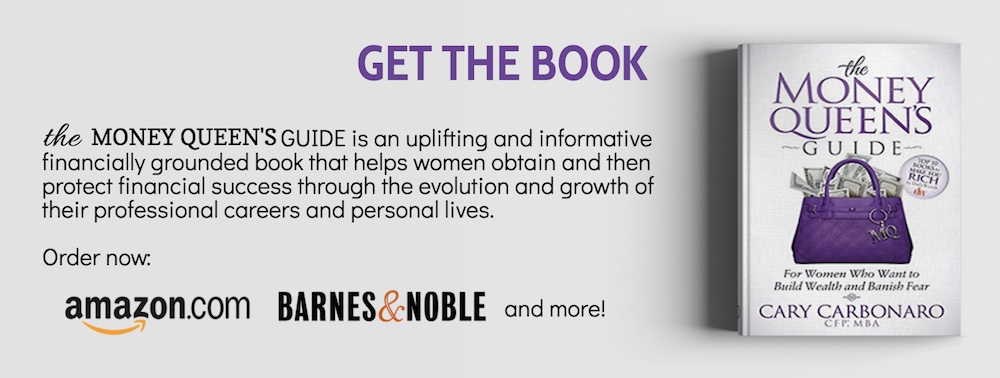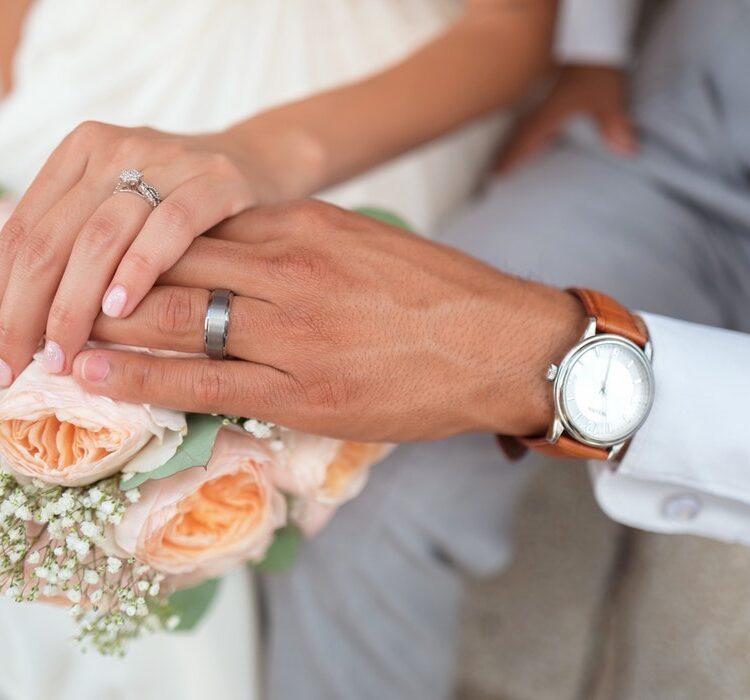This article was originally published in Grow- from Acorns.

We may be a lot more open-minded as a society than generations ago, but some ideals die hard. “The American Dream is still deeply embedded in our psyche, and the heritage of how successful someone is in our culture is often measured by materialistic things,” says Maggie Baker, PhD, author of “Crazy About Money.”
And that can spell trouble for our finances. But because certain tenants, like the five below, are so ingrained, we rarely question them.
Well, here’s your chance. Before undermining your nest egg, reconsider whether these axioms are truly in line with your values and your budget—or if it’s time to flip the script.
1. You should… spring for (or wear) an engagement ring.
Decades after diamond company De Beers told us, “a diamond is forever,” and encouraged men to spend several months’ salary on a rock before popping the question, couples are spending more than $6,300, on average, on engagement rings.
That’s a pretty penny for something that holds as little as 20 percent of its original price tag—which is why Certified Financial Planner Cary Carbonaro warns against racking up debt to buy one. “You should have the resources to either pay cash for the ring or pay back the money within the next month,” she says.
If you can’t, there are plenty of cool, budget-friendly alternatives to consider, like non-precious center stones or vintage or heirloom rings. Or you might forgo a ring entirely if you realize spending thousands for jewelry doesn’t align with your priorities after all.
2. You should… splurge on a blowout wedding.
What better way to celebrate the Big Day…than with wallet-crushing costs? The average wedding topped $35,329 in 2016. (In contrast, the median household income is $58,000.)
Like the engagement ring trend, over-the-top weddings are a new phenomenon—likely thanks, in part, to intensified peer pressure from social media, says Carbonaro. In 1939, 16 percent of brides got married in clothes they already owned, and one-third skipped the reception and honeymoon.
Today, 21 percent of couples go into debt due to wedding costs—and that’s no way to start a life together. “People think they will get the money back in gifts, but they never get that much,” Carbonaro says. “Think about all the other things you could do with that money,” from buying a car to putting a down payment on a home. If you’re set on throwing a big bash, get creative about cutting costs without compromising fun: Hit up the local farm market for sunflowers, use online invitations and skip the band in favor of a DJ.
3. You should… buy a home.
It’s a cornerstone of the American Dream, but home ownership doesn’t make sense for everyone. For starters, due to pricey closing costs, it’s generally only financially sound if you’ll stay put for at least five years. That’s rarely realistic for job-hopping millennials, 91 percent of whom expect to stay in their current job for under three years.
And don’t overlook the sense of freedom inherent in renting—not only can you pick up and go if your life shifts direction, but you’re not responsible for the hassle and cost of repairs, maintenance and property taxes.
4. You should… pick a profession you love.
Follow your passion. Don’t settle. Do what you love, and you’ll never work a day in your life. These idealistic notions aren’t always attainable; sometimes, they don’t even yield happiness. “Millennials grew up believing they could do anything,” Baker says. “This mindset makes it difficult to accept the idea of putting limits on their dreams—but the conflict between finding meaningful work and being well paid is much greater now.”
Before chasing that dream job, take an honest assessment of your skills and what’s important to you—including unsexy stuff that can hugely influence your well-being, like your commute, pay and work hours. You can also give yourself a deadline: Pursue a music career for a year, for example, then reevaluate if it’s bringing you satisfaction—or if you might prefer playing guitar in your free time instead.
5. You should… lease a nice car.
One-third of millennials who purchased a new car in 2016 chose to lease. “This generation wants instant gratification,” Carbonaro says. “Leases make it possible for them to drive a car that otherwise they’d never be able to afford.”
But what are you sacrificing in exchange for riding in a Mercedes? Do the math: Spending $500 a month for a luxury car equals $6,000 a year that could go toward an emergency fund, retirement accounts or other savings goals—and that’s not counting the cost of premium gas and insurance.
“If you want to have the same car for at least four years, or drive more than 800-1,000 miles a month, you should buy,” Carbonaro says. “The longer you hold onto a car, the lower the cost of ownership.”
This article was originally published in Grow- from Acorns.





